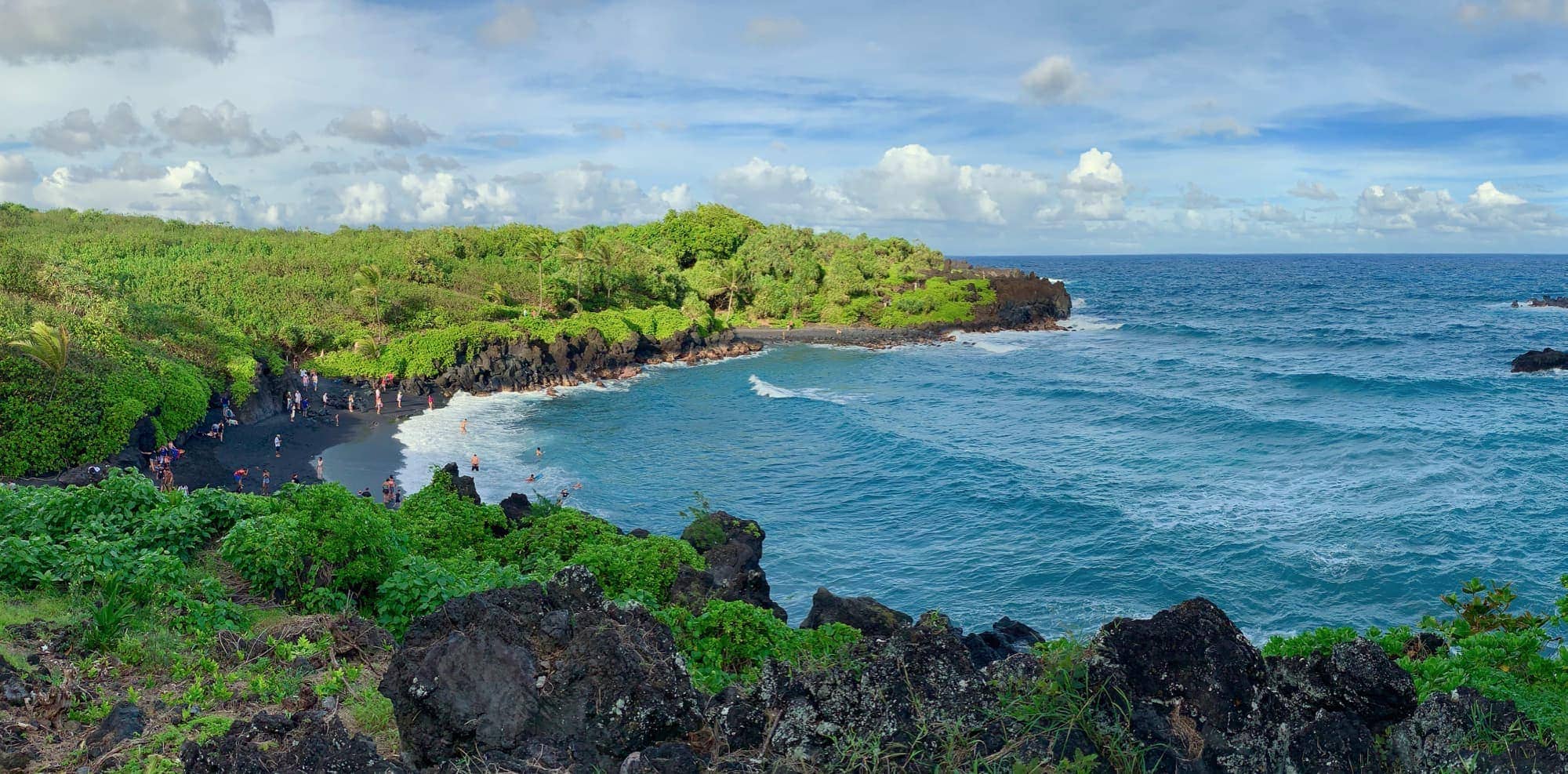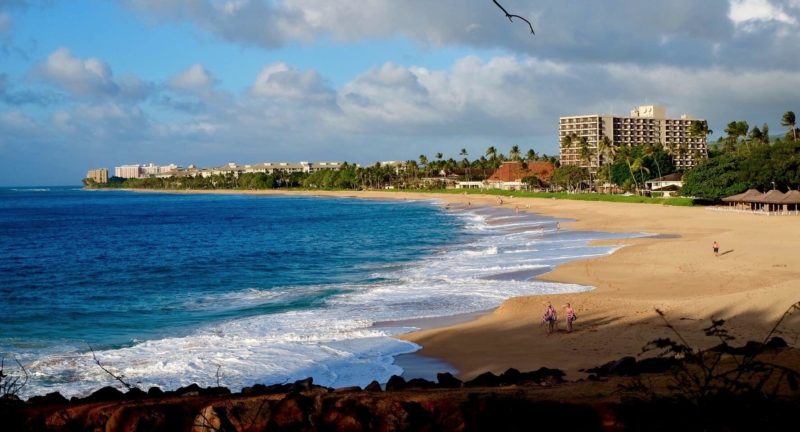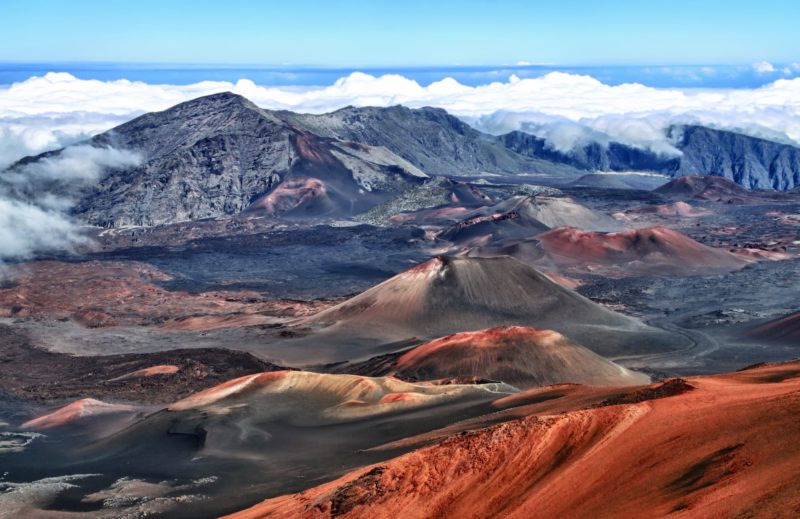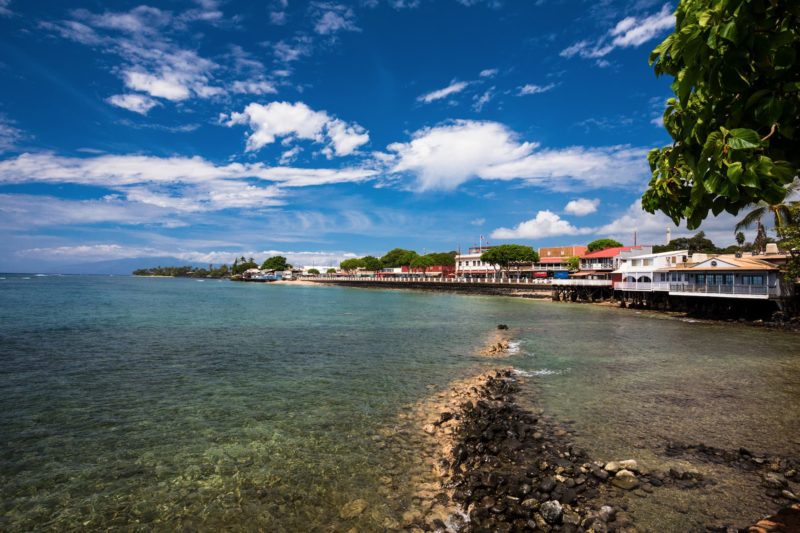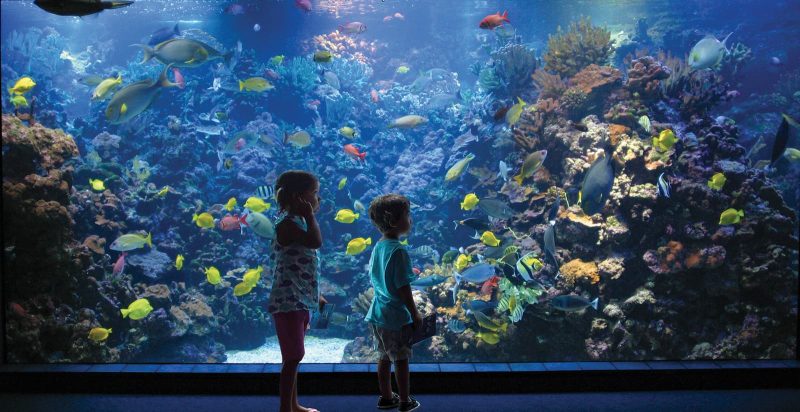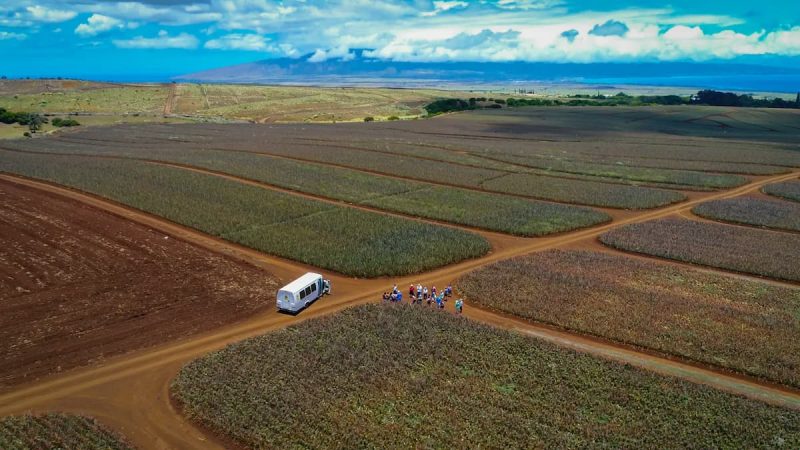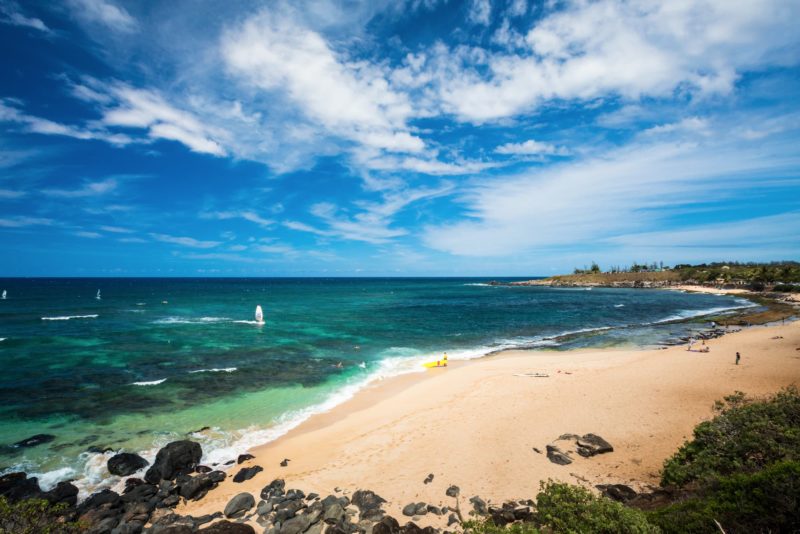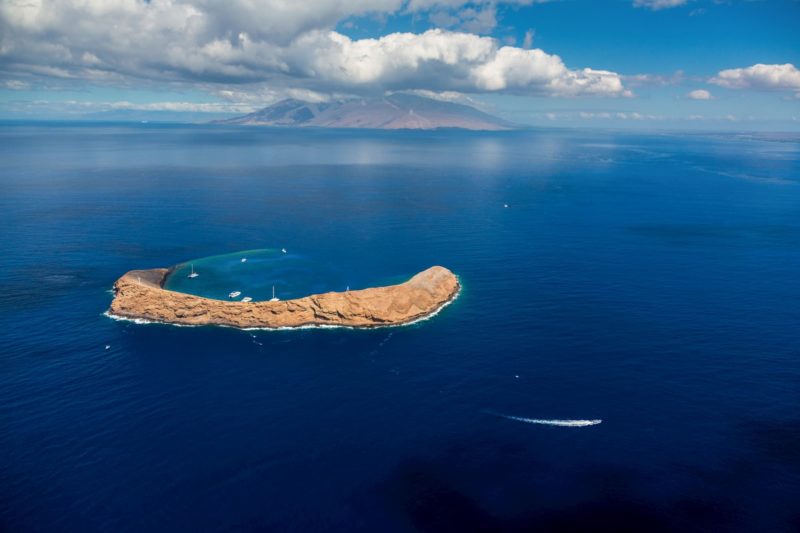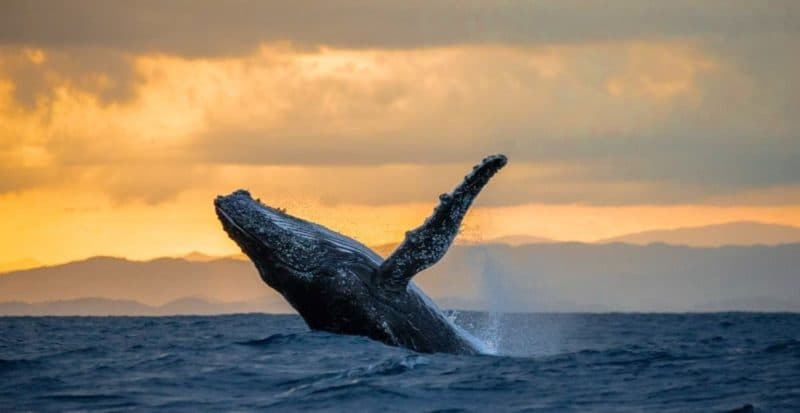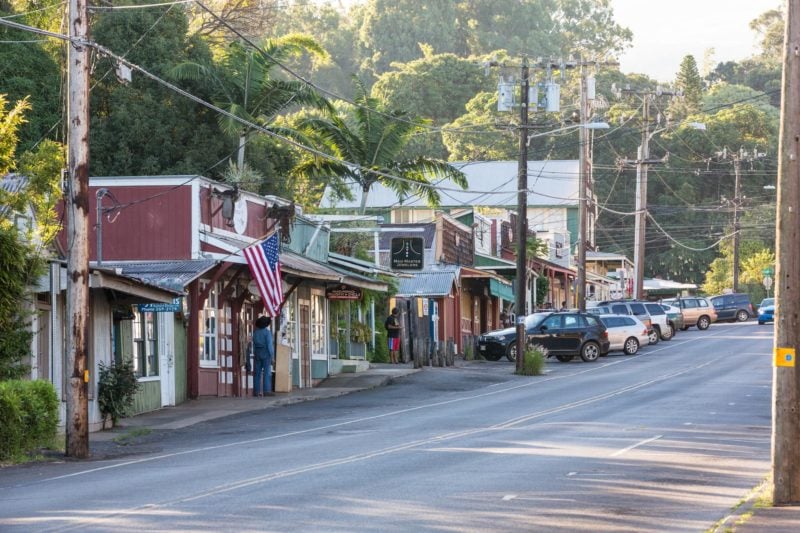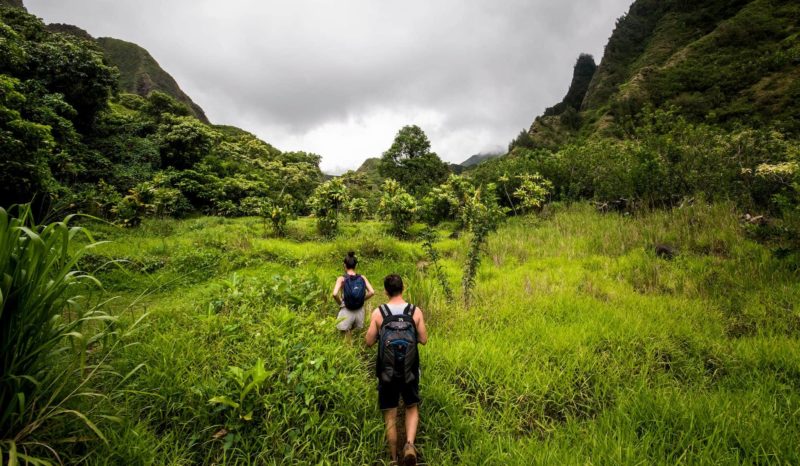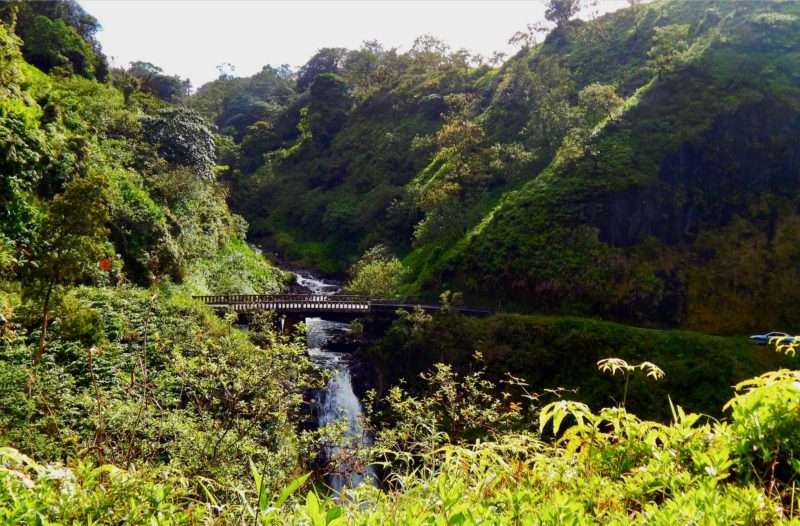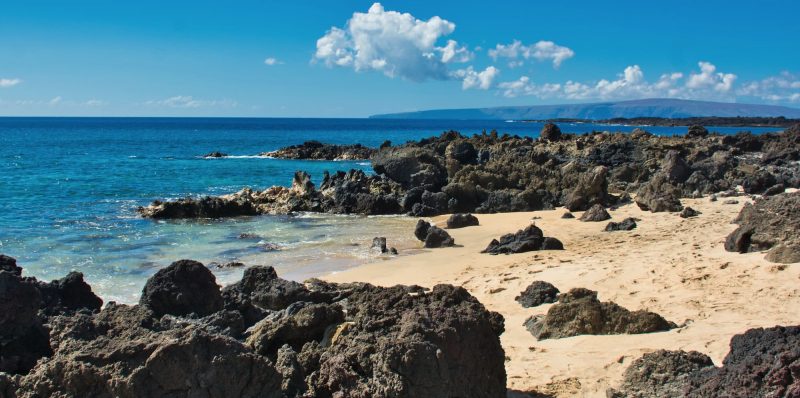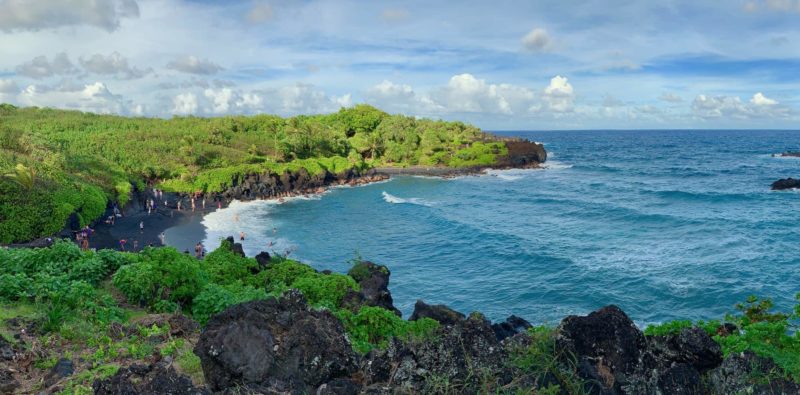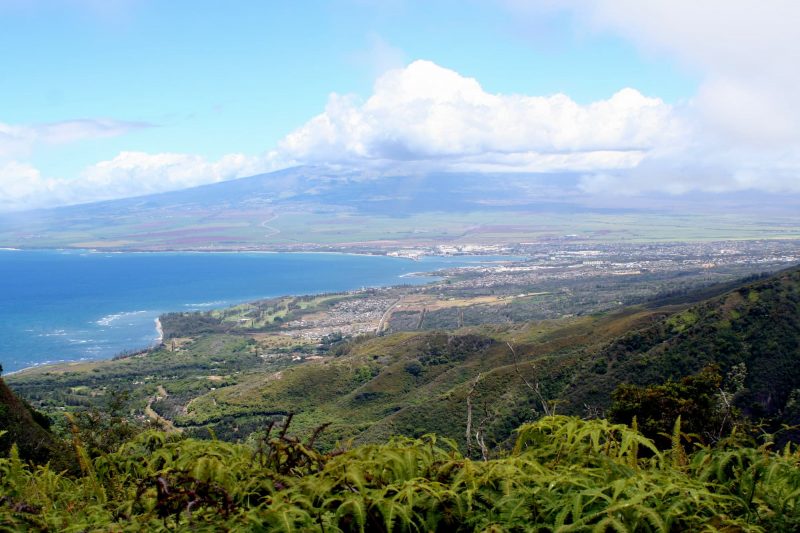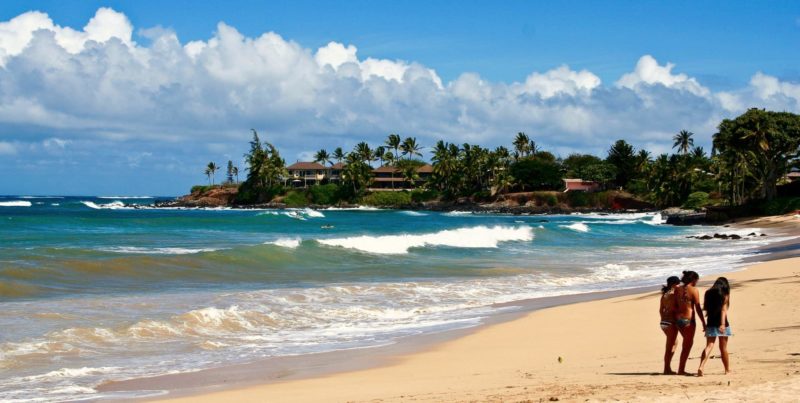First time to Maui? If so, you’ll want to get acquainted with the most popular sights and destinations when planning your itinerary. Below, we dive into Maui’s top attractions to help you get the lay of the land.
You might be wondering: Why highlight areas and points of interest that are already well-known and often-visited?
Well, places are popular for a reason, and if a lot of people are drawn to a particular spot, there must be something to it – that is, there must be something that is adding value. While we agree that the crowds at many popular places are not ideal, we find they are worth navigating in some cases (especially if you visit during off-peak hours).
Come along as we take a look at Maui’s most iconic areas and attractions.
Free and Cheap things to do on Maui
Maui offers and abundance of spectacular free things to do. The natural world presents obvious abundance, but there are many other free (or extremely low-cost) ways to not just explore Maui, but to experience it.
